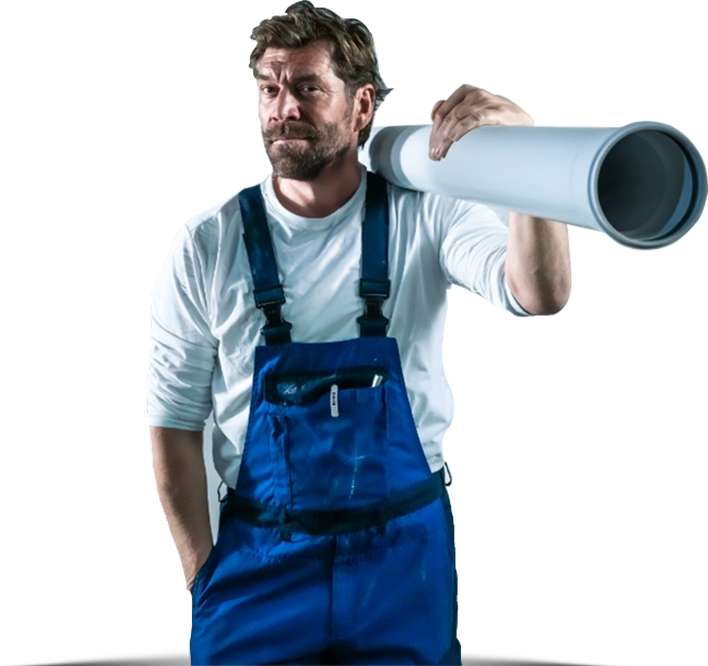Posted on 22 October 2020

The Legionnaire’s disease is a difficult challenge in health cares and aged cares in Australia and as a result, enHealth Australia has established guidelines to control it through smarter operation and maintenance of water distribution systems in those facilities (enHealth Australia, 2015). One of the main factors to minimise the risk of growth and propagation of the Legionella bacteria is a correct design and operation of the plumbing system.
Legionnaire’s disease is a severe pneumonia caused by the colonization of the respiratory system with Legionella bacteria. If not taken seriously and treated quickly, it can be fatal, especially among vulnerable people such as babies, the elderly and people with compromised immune systems.
The Legionella bacteria (Legionella pneumophila) are very small, invisible to the naked eye and can be found in potable water along with other microorganisms. The infection is caused when aerosol droplets that contain the Legionella bacteria is inhaled and then incubated for 2-10 days (or rarely for 1-19 days) before any visible manifestation of symptoms.
In aged care and health care facilities the design of water distribution systems can affect the potential health risks posed by Legionella onto the occupants. This is why enHealth Australia has developed these guidelines consisting of 5 different steps:
Undertaking an analysis of the water distribution system identifies any of its components that may favour the increasing risk of Legionella growth, colonization and exposure. These components include the incoming water quality from town or private water supply, plumbing systems, cold/heated water systems and equipment and installations.
For the water distribution system, based on the different components identified, the enHealth proposes the below controls to be implemented.
As a leading innovator in advanced plumbing system globally, REHAU has developed a range of fittings and design methodologies which target Plumbing Controls and Regular Maintenance Controls. It is a known fact that bacteria has a high propensity to grow and multiply which is further accelerated in warm water. Under plumbing controls and regular maintenance controls, the enHealth Australia mentioned that avoiding or reducing dead-legs and idle-legs is imperative. Dead-legs are sections in pipe that does not allow water to circulate, i.e sections of pipe that are capped. Idle-legs are sections of pipe connected to fixtures that are used infrequently, i.e water in the pipe not flushed for more than 7 days.
Idle-legs are a common source of Legionella growth. In many building infrastructures, some water fixtures are not used for a long period of time, for example non-occupied rooms in health/aged care facilities, emergency showers, school drinking water fountains during holidays, non-used fixtures in hotel rooms etc. Avoiding these idle legs while supporting the water flow does not necessarily require time-consuming controls or water wasting procedures.
enHealth recommends weekly flushing of outlets to avoid idle-legs. This process wastes valuable resources and creates ongoing costs. With REHAU’s RAUTITAN anti-stagnation fittings, water flow can be supported to eliminate idle-legs and therefore minimize the risks of Legionella. Design and installation differs from the standard T-piece installation in the following way:
T-piece installation – typical “standard” type installation using T-piece fittings. To improve the water hygiene, branch lines should in general be reduced to a minimum. Idle-legs cannot always be prevented with this design but the risk can be reduced if the fixture is used regularly.
Series installation – using REHAU’s U-bend fitting connected directly to lower use fixtures, a complete water flush is ensured when opening the last fixture in the water line. This last fixture should be the one that is more frequently used. Automatic taps can also be used when regular use of that one fixture is not guaranteed.
Ring installation – With this type of installation, all fixtures are connected with an anti-stagnation fitting (U-bend or threaded T-piece) via a ring line. Since the water flows to each fixture from two sides, pressure losses are minimized and the water in the entire line is set in motion via the use of any single fixture. Furthermore, due to smaller pipe sizes, the volume of water in the line is reduced and the water is flushed more frequently. Stagnation is therefore almost impossible.
By employing the design principles and fittings selected as stated above, a smarter plumbing system can be created which can reduce the on-going system maintenance that is currently required to control the risks of Legionella. REHAU’s range of Lead-Free Fittings and premium Pe-Xa pipes is the preferred choice for designers designing sensitive building infrastructure in Australia and New Zealand.
Watch the Minimizing-Legionella design principles with REHAU fittings video for a visual explanation about the fittings, their functions and how they can be best used against Legionella.
https://www.healthdirect.gov.au/legionnaires-disease
https://www2.health.vic.gov.au/Api/downloadmedia/{53980D94-577F-4492-8DAE-B54BCFF8AA87}

